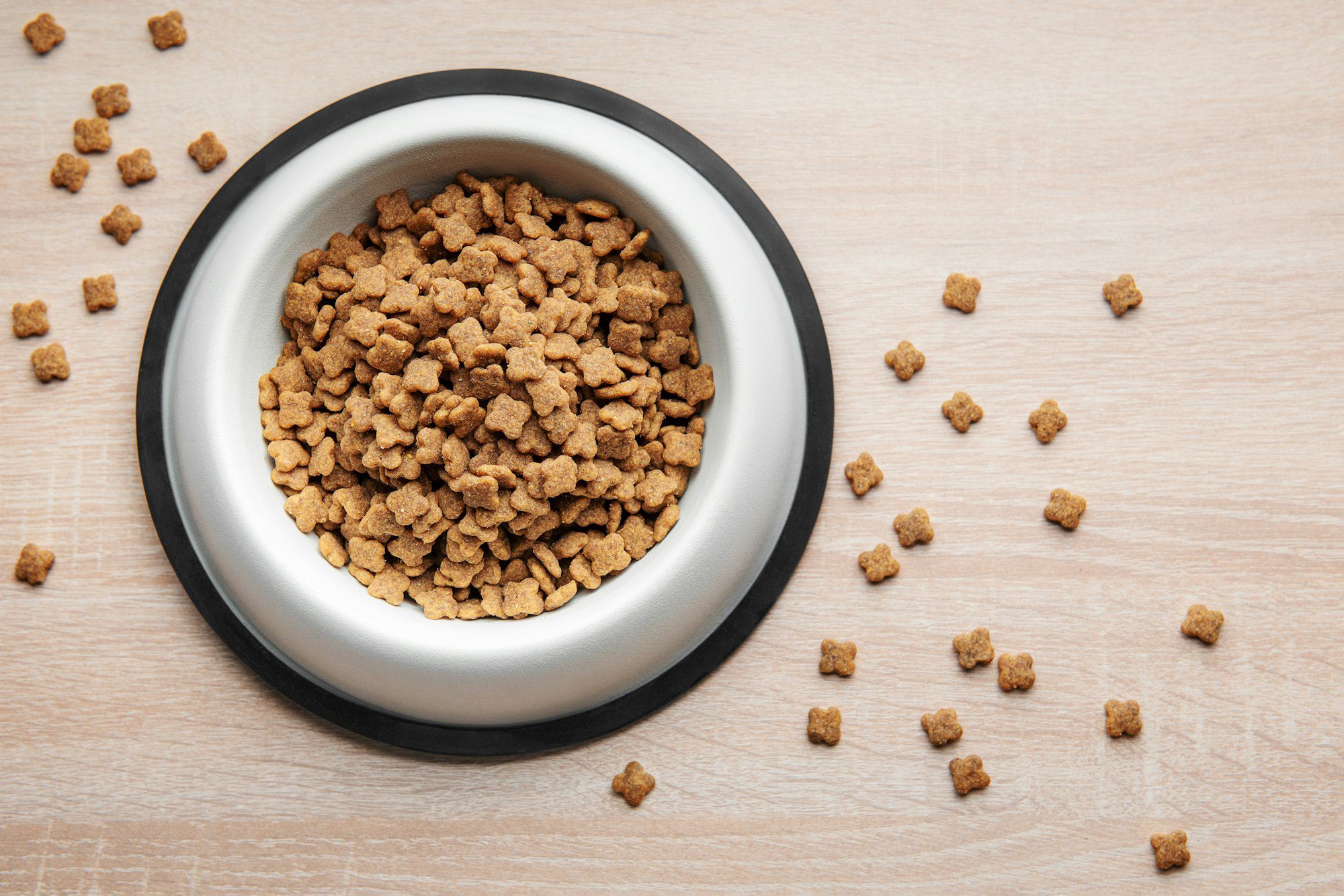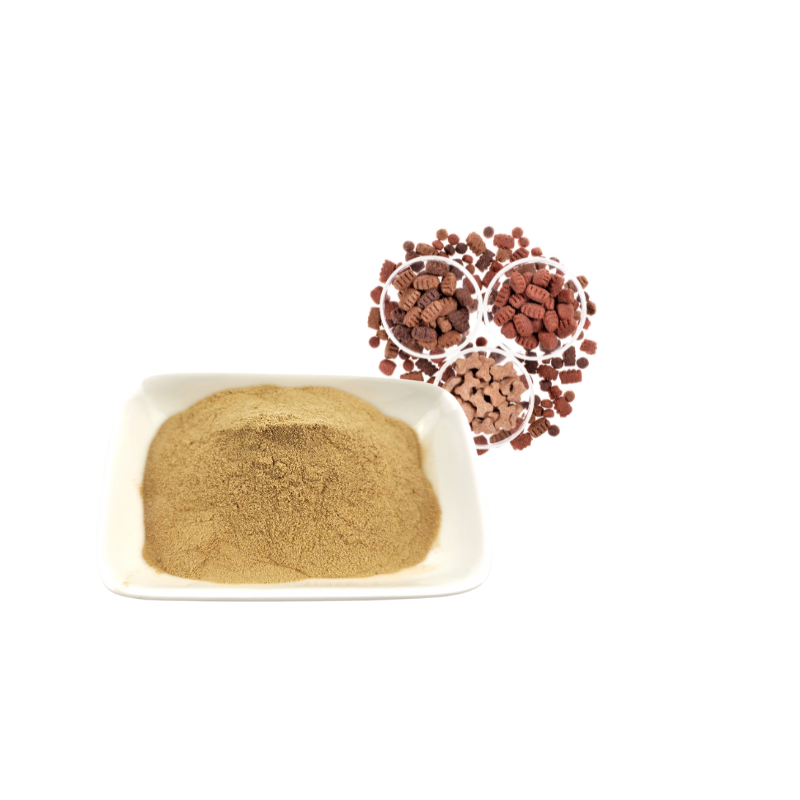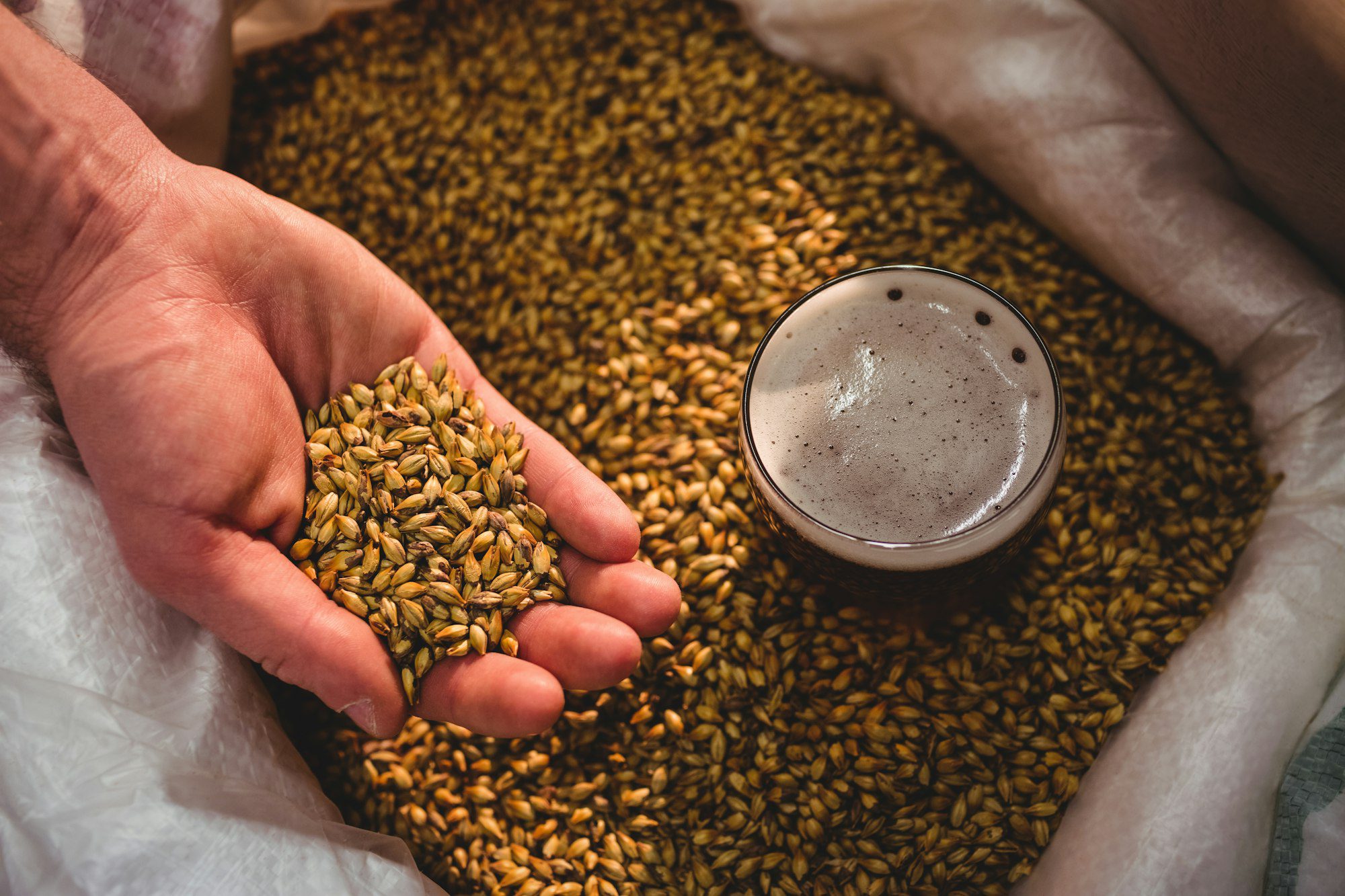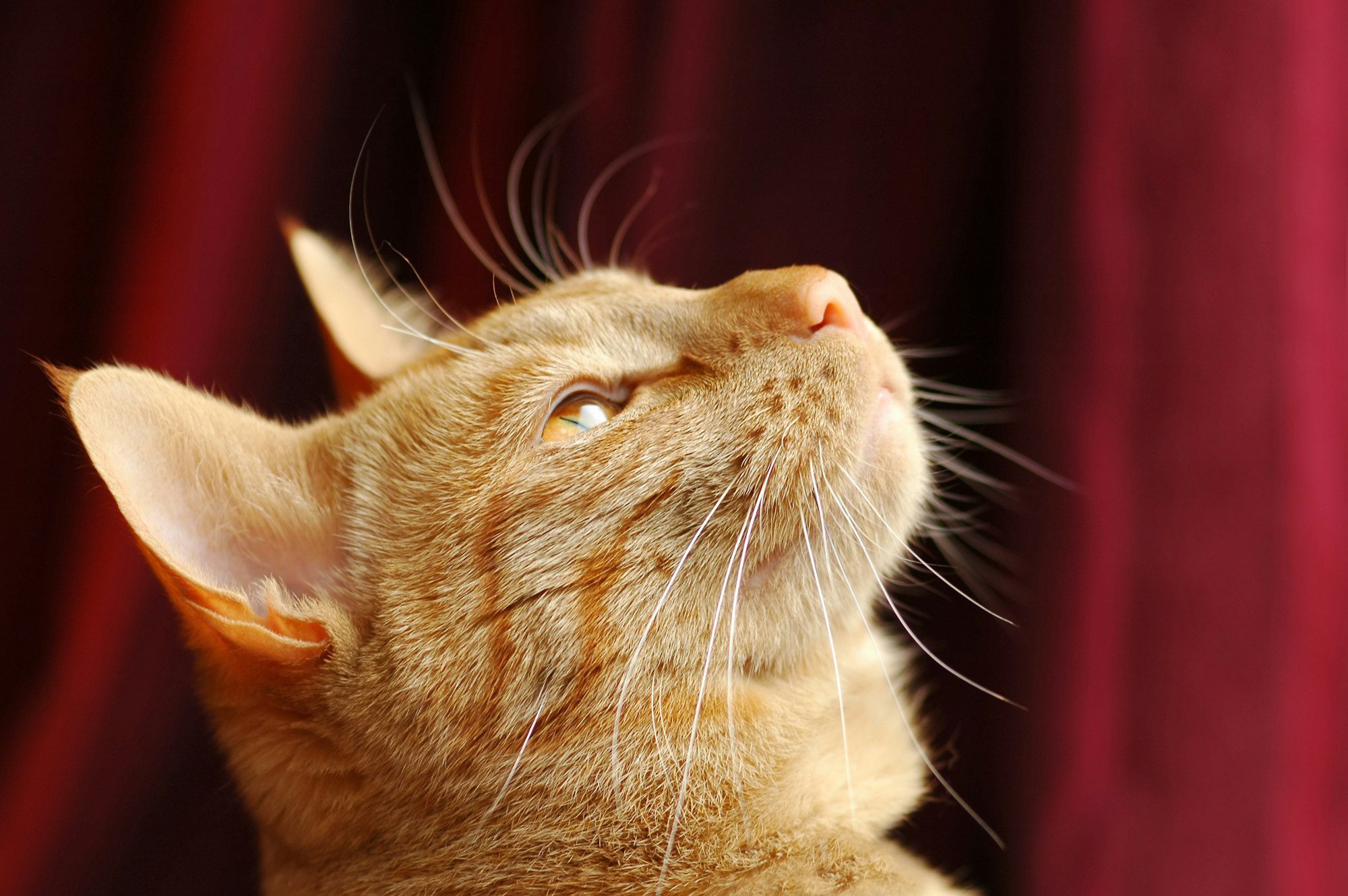Meta Description:
Explore the science behind palatability in pet food, examining how taste, smell, and texture influence dogs’ and cats’ acceptance of food. Insightful tips for pet food manufacturers.
Introduction
As pet owners become increasingly mindful of their pets’ well-being, the demand for high-quality, palatable pet food has soared. But what exactly makes a pet food product irresistibly tasty to pets? The concept of palatability in pet food goes beyond flavor; it’s a blend of taste, smell, and texture that caters to the natural preferences of dogs and cats. This blog explores the science of palatability, offering pet food manufacturers, palatant wholesalers, and pet food factories valuable insights into what makes pet food appealing and how understanding these factors can enhance product offerings.
Visit ProfyPet for a deeper dive into our solutions for enhancing pet food palatability.

What Is Palatability in Pet Food?
Palatability is the degree to which pets find food appealing and are willing to eat it. Unlike human food, which often incorporates flavors to satisfy complex taste profiles, pet food must cater to the instinctual and species-specific preferences of dogs and cats. Palatability is influenced by several factors, including the food’s taste, aroma, texture, and even temperature. It’s a critical consideration for pet food manufacturers as it directly impacts product acceptance, repeat purchase rates, and the overall success of the brand in a competitive market.
Key Factors That Affect Pet Food Palatability
The palatability of pet food is shaped by three primary sensory inputs:
- Taste
- Smell (Aroma)
- Texture
Let’s explore each of these factors in detail to understand their impact on pet food preferences.
1. Taste: Species-Specific Preferences
Dogs and cats perceive taste differently due to their unique dietary needs. Dogs, as omnivores, can enjoy a wider variety of flavors, while cats, being obligate carnivores, have a taste preference for protein-rich, meat-based foods.
- Dogs: Dogs have about 1,700 taste buds, making them more sensitive to sweetness and able to enjoy carbohydrate-rich treats. They also respond positively to salty and savory flavors, though less intensely than humans.
- Cats: Cats, on the other hand, have fewer taste buds (only about 470) and lack the receptor for sweetness. Their taste preferences lean heavily toward savory and umami flavors, often found in meat and fish.

Studies show that high-protein content is directly linked to higher palatability scores in cats. For dogs, including a balance of protein, fat, and a slight hint of sweetness can boost palatability.
2. Smell: The Power of Aroma in Pet Food
Smell is a dominant factor in the palatability of pet food, especially for cats. Research indicates that cats have a highly developed olfactory system, with around 200 million scent receptors (compared to a human’s 5 million). This acute sense of smell means that a pet food’s aroma can make or break its acceptance among cats.
For dogs, while smell is also important, it doesn’t play as central a role as it does for cats. Dogs tend to enjoy foods with a strong, meaty smell, which often signals protein content. Using palatability enhancers can amplify the aroma, making the food more appealing and encouraging immediate consumption.
3. Texture: How Mouthfeel Influences Acceptance
Texture plays a pivotal role in pet food palatability, influencing not only the immediate acceptance but also the animal’s eating behavior. Each pet has unique textural preferences:
- Dogs: Generally, dogs enjoy food textures that are chewy or crunchy, which resemble natural chewing behaviors. Dry kibble with a slightly crunchy texture often appeals to them, although many dogs enjoy the occasional soft treat as well.
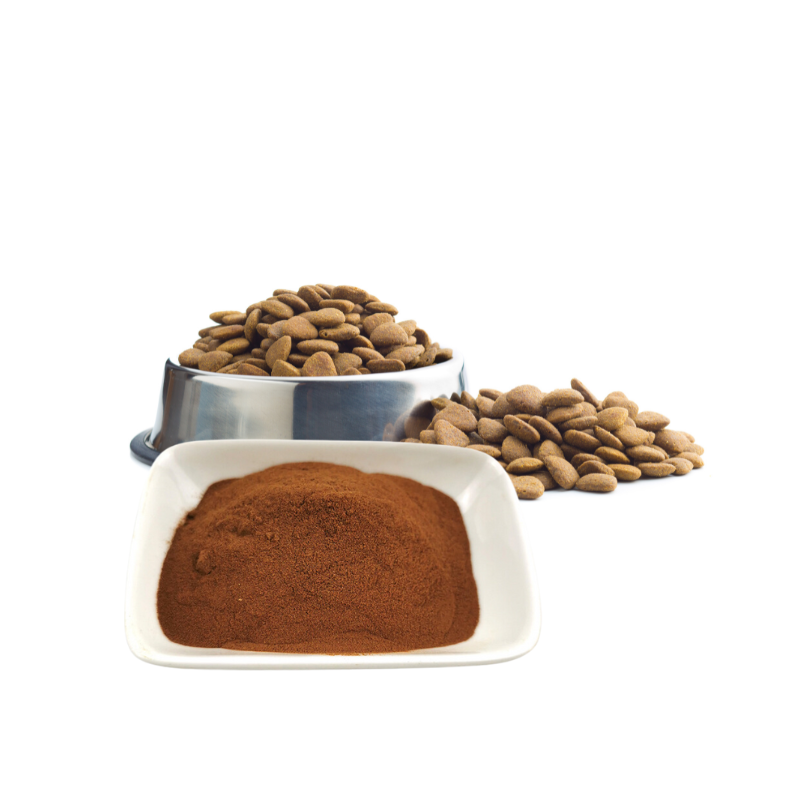
- Cats: Texture is critical for cats, who may prefer softer, moist textures that mimic natural prey. However, some cats enjoy a crunchy exterior with a moist interior, as it provides a more complex mouthfeel. Palatability enhancers can adjust texture to suit these preferences, improving product appeal.
The Role of Palatability Enhancers in Pet Food
Pet food palatability enhancers are additives designed to improve the flavor, aroma, and texture of pet food, making it more appealing. These enhancers can be especially useful in premium pet food lines or therapeutic diets that may otherwise be less enticing. There are several types of palatability enhancers:
- Natural Flavors: Derived from real meat or fish, these flavors mimic the taste pets crave.
- Animal Digest: A concentrated protein-rich liquid or powder made from hydrolyzed animal tissue that enhances the smell and taste of pet food.
- Fat Coatings: Often added to kibble, fat coatings improve taste and aroma, making the food more enticing.
According to a recent industry report, the global pet food palatants market is expected to grow significantly, driven by the rising demand for premium pet food. Palatability enhancers play a crucial role in meeting this demand, offering manufacturers a tool to optimize their product’s appeal to pets.
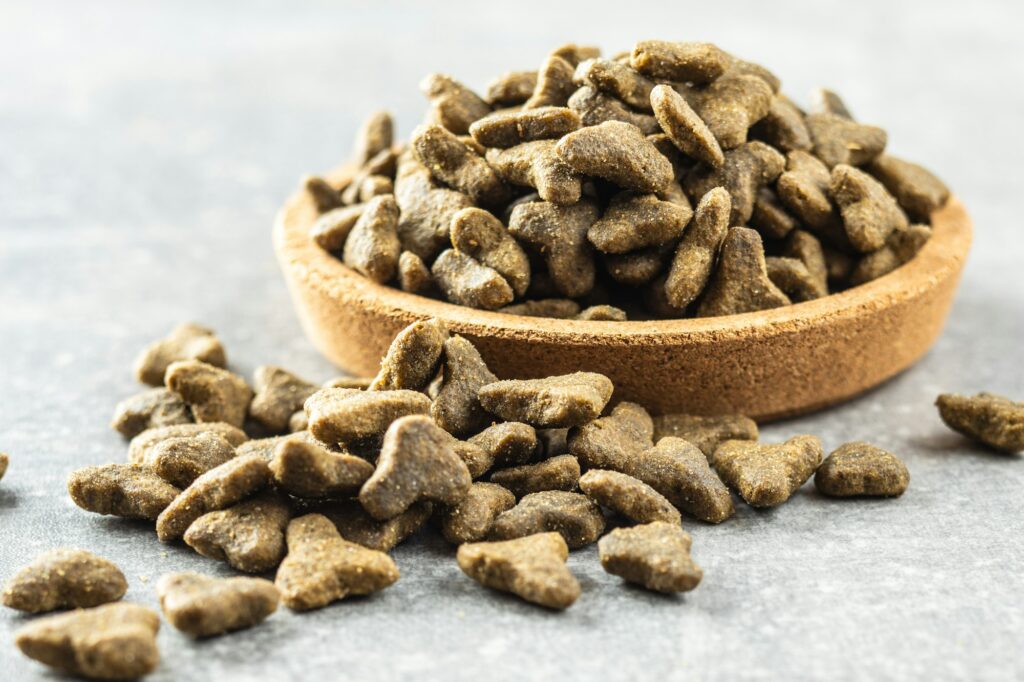
Importance of Palatability Testing in Pet Food Development
Palatability testing is an essential part of the pet food manufacturing process. It involves exposing pets to new food formulations and observing their responses to measure acceptance and preference. There are two primary methods used in palatability testing:
- One-Bowl Test: Pets are given a single bowl of food, and their consumption rate is observed.
- Two-Bowl Test: Pets are presented with two different food options simultaneously, allowing researchers to measure preference.
Metrics in Palatability Testing
Key metrics in palatability testing include:
- First Bite Time: How quickly the pet takes the first bite.
- Consumption Rate: The speed at which the food is eaten.
- Preference Score: A comparative measure of food acceptance.
Testing helps manufacturers understand how different ingredients, textures, and flavors impact acceptance and allows for fine-tuning formulations to achieve higher palatability.
Challenges in Balancing Nutrition and Palatability
Achieving a balance between nutrition and palatability can be challenging, as the most nutritious options are not always the most palatable. For instance, therapeutic diets designed for pets with health issues (e.g., kidney disease) often contain lower protein or sodium, which may reduce palatability. In these cases, manufacturers may use palatability enhancers to mask the less desirable taste, ensuring pets receive the nutritional benefits without compromising on taste.
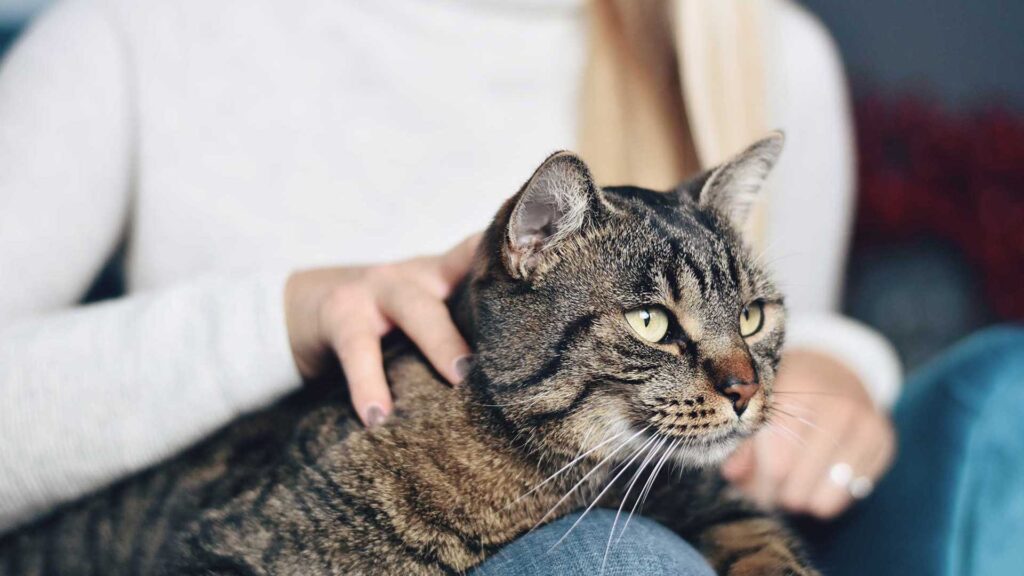
Future Trends in Pet Food Palatability
The pet food industry is continuously evolving, with a strong focus on sustainable ingredients and functional foods that offer health benefits beyond basic nutrition. Trends shaping the future of palatability include:
- Sustainable Ingredients: As pet owners become more eco-conscious, the demand for sustainable, plant-based ingredients in palatability enhancers is rising.
- Functional Additives: These ingredients not only improve taste but also promote health, such as probiotics for gut health or omega fatty acids for coat shine.
- Customization for Dietary Needs: Personalized pet diets are gaining popularity, and manufacturers are exploring ways to tailor palatability enhancers for specific dietary requirements.
By staying on top of these trends, manufacturers can innovate their products, cater to modern consumer demands, and ensure pets continue to enjoy their meals.
Conclusion
Understanding palatability in pet food goes beyond just flavor; it’s about creating a sensory experience that aligns with pets’ natural preferences. By focusing on the science behind taste, smell, and texture, pet food manufacturers can produce foods that not only nourish but also delight pets. Whether it’s through palatability testing, using enhancers, or staying abreast of industry trends, manufacturers have numerous ways to elevate their offerings and capture market share in the ever-competitive pet food industry.
For more insights and to explore palatability enhancers that can elevate your product line, visit ProfyPet.

